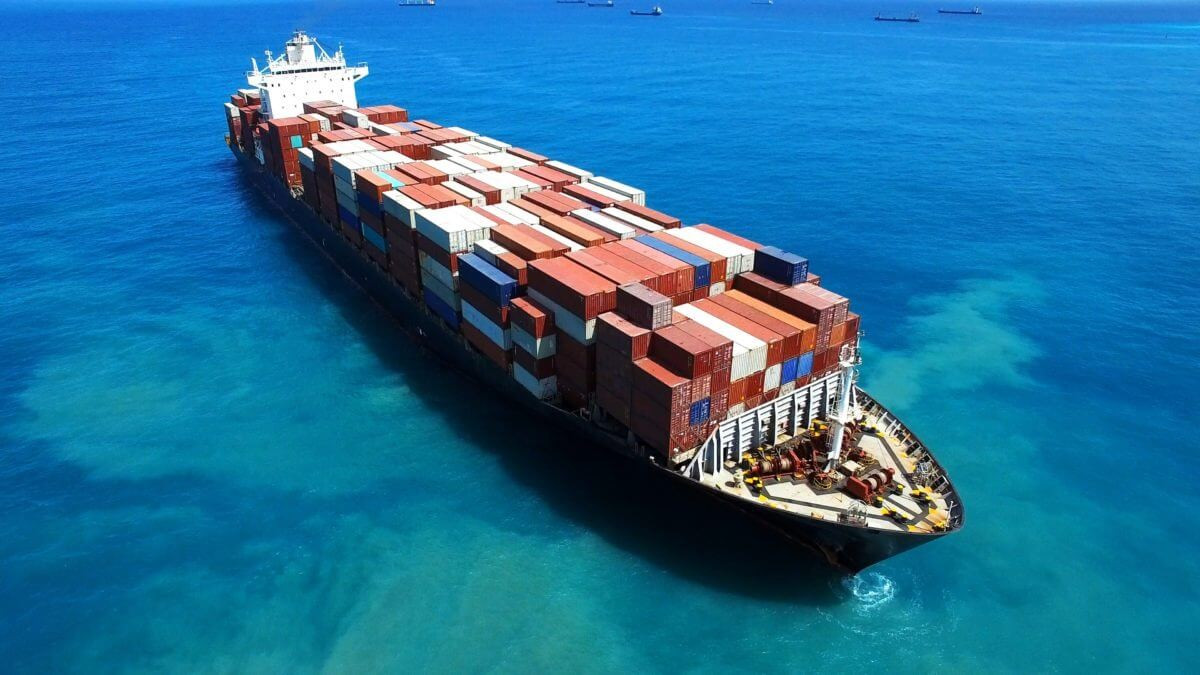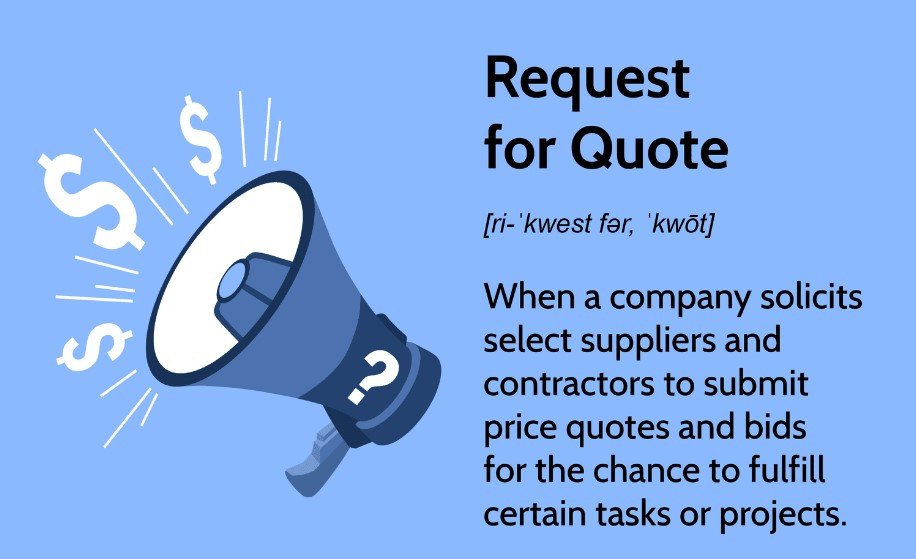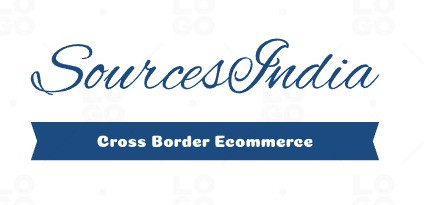Effective Payment Methods in Global Trade Finance

Effective Payment Methods in Global Import/Export Trade Finance.
One of the key tenets of running a successful worldwide business is making timely, secure, and sufficient payments. This is also the most effective strategy to grow your business in the global market while gaining satisfied customers. Whether they are new or established businesses, importers and exporters frequently choose to work with banks or other financial institutions as a third party to reduce their international payment risks. These middlemen ensure payments and foster confidence between contracting parties with relation to first transactions.
If you run an international business, you probably struggle to decide which kind of trade finance would be ideal for you and your company. You need trade finance services to support your import or export payments in various parts of the world. Depending on the needs of your company, we have discussed some of the most widely used international trade payment methods in this article.
Let's examine this:
1. Advance Payment (Cash Advance): An advance payment, also known as cash-in-advance, is a pre-payment trade finance technique in which the importer pays the exporter prior to the products being sent. However, as importers bear all the risk, it is not regarded as the proper kind of import finance. Conversely, exporters profit from the availability of advanced working capital to increase the volume of items produced and sent. Stated otherwise, this approach is the least advantageous for importers, and as such, it should only be utilised for low-value orders. Cash flow problems could result for the buyers.
2. Cash Against Documents (CAD): Known as Documentary Collections (DCs) by most exporters and importers, this widely used international trade finance method allows the exporter/seller to request and obtain payment from the importer/buyer by presenting the shipping and collection documents to their remitting bank. These paperwork must be sent by the remitting bank to the importer's bank so that the importer can pay the exporter's bank, which will then credit the exporter with the money. The banks' restricted involvement in this trade finance method—they are simply accountable for confirming the paperwork or ensuring the payment—is its sole disadvantage.
3. Credit Letters (LCs): One of the best trade finance options is a letter of credit, which is an irreversible promise from a bank or other financial institution on behalf of the importer that, subject to specific conditions being fulfilled, guarantees payment for the provided products and services. Through this approach, importers transfer their payment risks to the banks, while exporters take on the bank's credit risk rather than that of the importers. This legal document, often called documentary credits, ensures that the seller will get payment on schedule in the event that the buyer fails to make payments. An importer, exporter, issuing bank, and confirming bank are required for the issuance of an LC, in that order. Using LCs has the benefit of their widespread acceptability and capacity to customize by parties to the contract.
4. Business Loans: Due to their simple application and repayment processes, business loans are among the better trade payment options available for international trade finance. It has numerous drawbacks. For instance, exporters can receive payments from importers immediately upon loan disbursement, and depending on the loan's length, they will have enough time to sell their goods before having to return the loan. The disadvantage of this approach is that it is costly and difficult to implement, particularly for small business owners. Your credit score may suffer if you are unable to repay the loan.
5. Open Account: In an open account transaction, payment is due to the seller within 30 to 90 days of the buyer receiving the items. This indicates that the payment is due for the import trade method until the importers receive the shipping products. The two parties' reliable relationship is unquestionably the foundation of the transaction. One of the riskiest choices for exporters, but one of the most beneficial strategies for importers in terms of cash flow.
6. Consignment: For importers, this kind of international commerce payment option may be the most beneficial. After confirming that the imported goods are sold to the final consumers, the importers only pay the exporters. It indicates that when the distributor sells the items to the final consumer, money is made to the exporters. For exporters, it is regarded as one of the riskiest and most time-consuming international trade payment options.
These are some of the most successful, safe, and dependable ways to guarantee payments for international commerce transactions involving imports and exports. Examine them all in detail and select one after weighing the benefits and drawbacks of each in relation to your company's objectives.











